描述
Immunomodulating Drugs for the Treatment of Cancer Hardbound
Author(s):
Asher A Chanan-Khan MD
ISBN-10: 1-60547-333-2
ISBN-13: 978-1-60547-333-8
Pub Date: April 2011
Pages: 400
Illustrations: 208
Trim Size: 8.375 x 10.875
–Focuses on the scientific/preclinical information published that led to the development of these compounds in cancer medicine
–Outlines in detail the various clinical trials and current clinical application of these agents in various cancers
–Addresses the unique toxicity profile that is typically associated with these compounds
–Touches on the ongoing investigation and future direction of these drugs
Immunomodulatory (IMiDs) drugs are a new class of anticancer agents that has made a tremendous impact on the treatment of patients with various malignant diseases, including blood cancers and several cancers of the solid organs. Their popularity in prescribing is based on several important characteristics including: (1) oral bioavailability, (2) non-chemotherapeutic, (3) extremely well-tolerated in all age groups, (4) ability to activate patient’s own immune response against cancer, (5) ease of combination with other agents such as chemotherapy resulting in higher responses as well as (6) variability of anticancer activity and a number of cancers. While there is a lot of literature published on these agents, there is no textbook that provides a comprehensive resource for clinicians and researchers regarding these agents and their rapidly emerging role in cancer medicine.
The clinical applications of these agents are not limited to oncologists and hematologists, but also impact primary care doctors who care for these patients. Furthermore, new investigations are defining the role of these agents in non-malignant disorders as well. Immunomodulating Drugs for the Treatment of Cancer brings the most current information on these novel compounds to clinicians and scientists involved in the care of cancer patients.
A companion website offers the fully searchable text and an image bank.
Table Of Contents
Part 1: INTRODUCTION
1: Introduction
Part 2: PRECLINICAL DEVELOPMENT
2: Antiangiogenic Activity of Immunomodulating Agents
3: Immunomodulating Effects of IMiD Molecules
4: Preclinical Investigations of IMiDs in B-Cell Malignancies
Part 3: CLINICAL DEVELOPMENT
5: Overview: Clinical Impact of IMiDs in Oncology
6: Thalidomide for the Treatment of Relapsed or Refractory Multiple Myeloma
7: IMiDs in Previously Untreated Multiple Myeloma
8: Thalidomide for Monoclonal Gammopathy of Unknown Significance (MGUS)
9: IMiDs for the Treatment of Elderly Myeloma Patients
10: IMiDs as Maintenance Therapy in Multiple Myeloma
11: Lenalidomide for the Treatment of Relapsed or Refractory Multiple Myeloma
12: IMiDs and Stem Cell Transplantation in Multiple Myeloma
13: IMiDs in Waldenstrom’s Macroglobulinemia
14: Lenalidomide for the Treatment of Myelodysplastic Syndrome
15: Lenalidomide for the Treatment of Myelofibrosis
16: IMiDs in Chronic Lymphocytic Leukemia
17: Novel Combinations of Lenalidomide in Multiple Myeloma
18: Lenalidomide Therapy in Non-Hodgkin’s Lymphoma
19: Clinical Efficacy of IMiDs in Amyloidosis
20: Role of IMiDs in Malignant Melanoma
21: IMiDs for the Treatment of Prostate Cancer
22: IMiDs in Lung Cancer
23: IMiDs in Renal Cell Cancer
Part 4: COMPLICATIONS
24: IMiDs Associated Toxicity in Multiple Myeloma
25: IMiDs Associated Toxicity in MDS
26: IMiDs Associated Toxicity in Chronic Lymphocytic Leukemia
27: Management of Thrombotic Complications of IMiDs


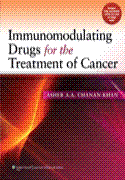
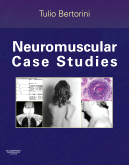
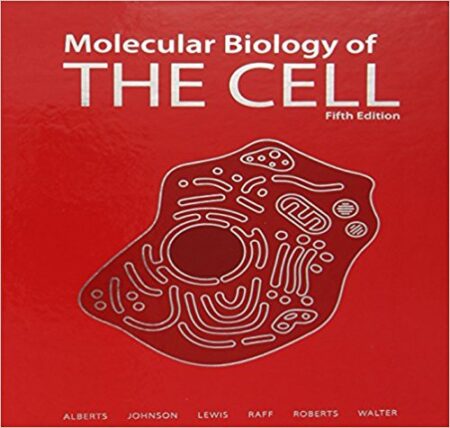
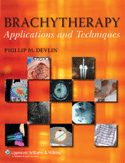
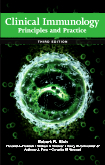
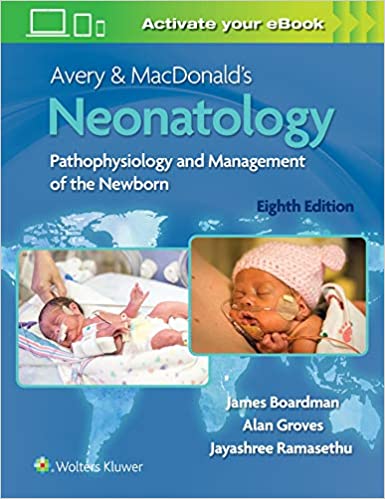

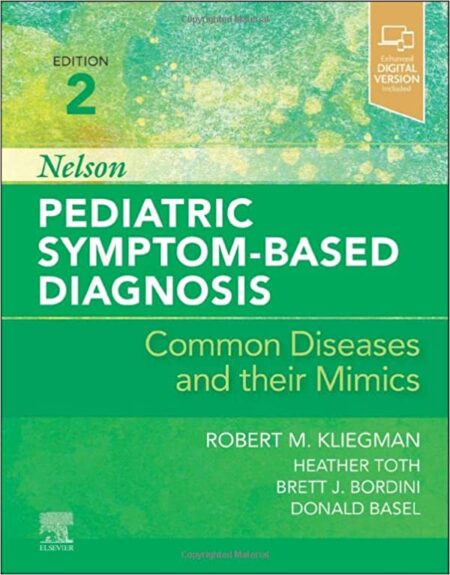


商品評價
目前沒有評價。